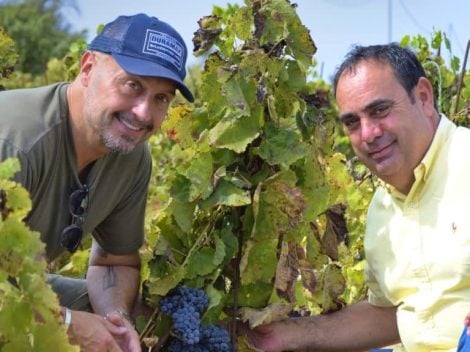With the opening of the secret Este documents kept since 1598 at the State Archives of Modena and the State Archives of Ferrara, emerge documents that show a different portrait of Lucrezia Borgia that goes beyond the usual clichés associated with her. What emerges is a courageous entrepreneur endowed with many more capabilities and innovative spirit than the dark reputation handed down through the centuries would suggest. Defined by her detractors as a corrupt and dissolute virago, a frequenter of orgies in the Vatican, a poisoner, and perverse, Lucrezia Borgia is instead one of the most fascinating and controversial female figures of the Renaissance. Her fame as a murderer and poisoner was actually fueled by "fake news" invented by her political rivals. On the contrary, the profile of a skilled politician and diplomat emerges. Her only fault was belonging to one of the most powerful and corrupt families of the time. From the documents listing Lucrezia Borgia's luxurious possessions, in addition to providing valuable information about the duchess's personal wealth and the extraordinary quantity and quality of jewels, clothing, and sacred furnishings that belonged to her, her entrepreneurial activities are discovered: the portrait of a wise administrator, a promoter of public works, and an entrepreneur in the agri-food sector emerges. To achieve her goals in the livestock sector, she even went as far as to sell some jewels.
Lucrezia Borgia's buffalo mozzarella
The illegitimate third-born daughter of Pope Alexander VI, born from the relationship of the then Cardinal Rodrigo Borgia with the Lombard courtesan Vannozza Cattanei, as the documents of the Archive attest, in 1516 she sold a gold chain to finance the rebuilding of the banks of a river; shortly thereafter, she did the same with a pearl and a ruby to start a buffalo farm in the Ferrarese countryside and the construction of a mozzarella production facility of which she was particularly fond. Not privileges, vanity, and Machiavellian "double life", therefore, but remarkable entrepreneurial spirit and great foresight.
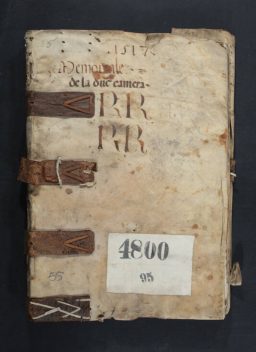
Letter from Lucrezia to Agostino Chigi regarding the purchase of ten buffaloes on June 16, 1517.
As attested in the Computisteria Memorial, Lucrezia had ten buffalo mozzarella brought from Rome with the help of her friend and banker Agostino Chigi in 1517 with the intention of promoting their breeding. Numerous other curious testimonials must be connected to this, preserved in the State Archives of Modena and Ferrara. The duchess's commitment was manifested by the reclamation work of some marshy areas in the valleys of the Polesine, Conselice, and Argenta, to name just a few. The lands acquired by Lucrezia Borgia were all, within a few years, reclaimed and made useful for livestock farming and agriculture, and then administered directly or granted to others. It should not be surprising to read in some letters sent by Lucrezia during her regency periods, as she discussed with knowledge of the facts about dams and irrigation, taking a personal interest in the management of her economic interests but also dealing with works of social utility.
Lucrezia died in childbirth in 1519 at the age of 39. Without her, the buffalo breeding, like her dream, fades away. Only the myth of Lucrezia remains: incestuous, intriguing poisoner, ruthless, and worthy of her surname. A myth that has nourished fantasies and passions of many, leading to fetishistic obsession for her blonde lock of hair preserved in a display case at the Ambrosian Library, which drove Byron, Flaubert, and d'Annunzio mad.

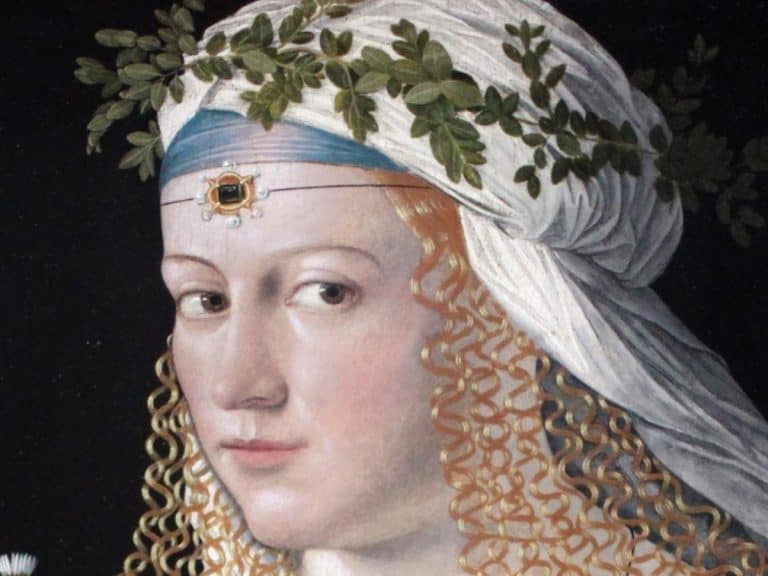
 "Reduce yields per hectare instead of asking for money to uproot." Frescobaldi criticizes the protection Consortia
"Reduce yields per hectare instead of asking for money to uproot." Frescobaldi criticizes the protection Consortia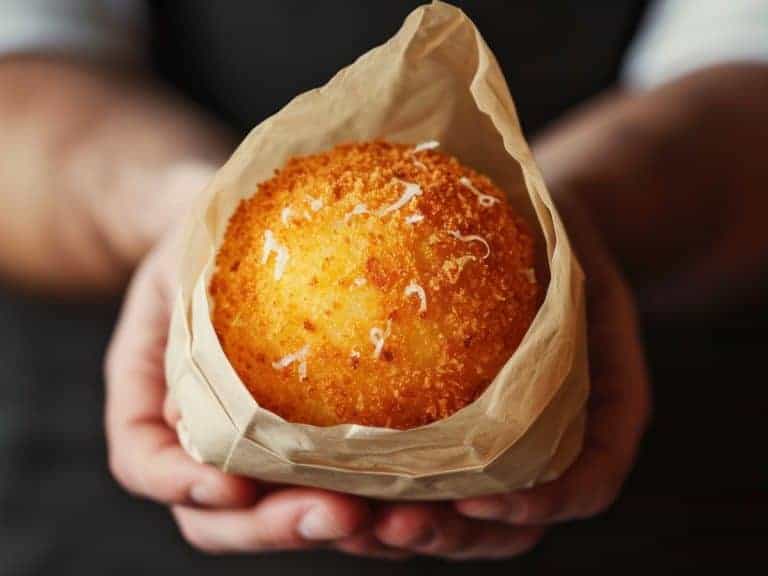 Where to eat Arancine in Palermo according to Gambero Rosso: the definitive guide
Where to eat Arancine in Palermo according to Gambero Rosso: the definitive guide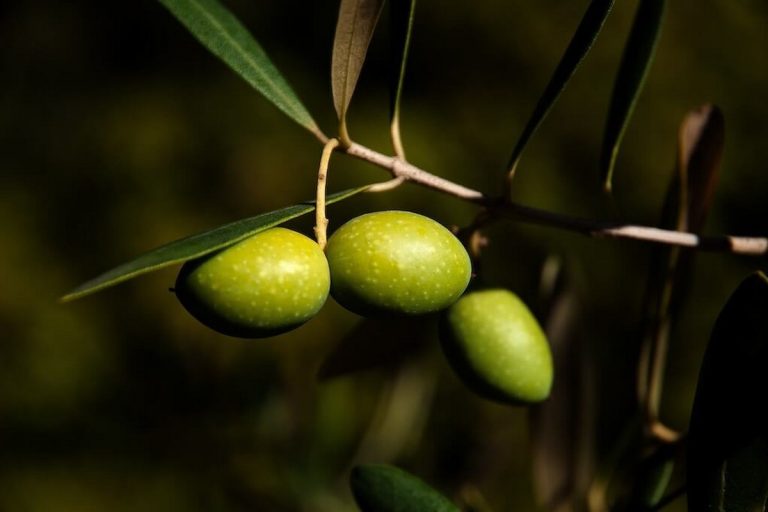 The best extra virgin olive oils from Campania selected by Gambero Rosso
The best extra virgin olive oils from Campania selected by Gambero Rosso Revolution on Conero: the land of red wine discovers Rosé and sparkling wine, and invests in them
Revolution on Conero: the land of red wine discovers Rosé and sparkling wine, and invests in them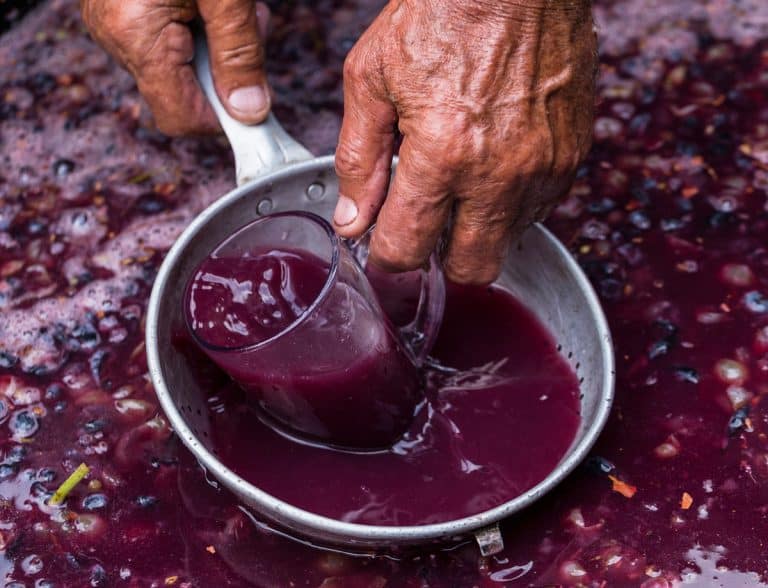 Attention: wine is not made with an instruction manual
Attention: wine is not made with an instruction manual



